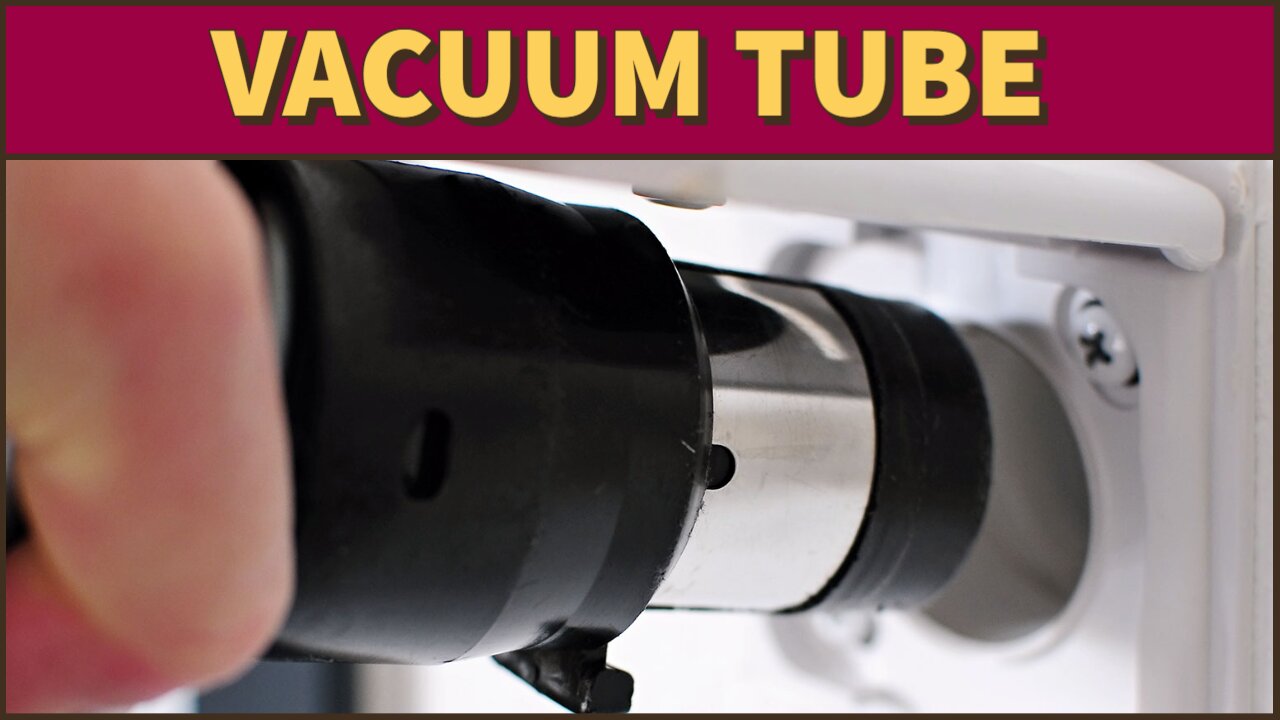Premium Only Content

How does the vacuum tube work?
Clear those pesky gas particles out of the way, and negatively charged electrons will leap straight for a positively charged metal plate.
In other words, an electrical current will flow more efficiently through a vacuum, a space free of matter.
This is the basis for the key invention of the early twentieth century: the vacuum tube.
It consists of a glass bulb emptied off air.
On one side is a metal filament, on the other a metal plate.
An electrical charge heats the filament, freezing its electrons, which are attracted to the metal plate.
Applying a current to a small grid placed between the filament and the plate makes it possible to not only transmit but also amplify electrical signals along their path.
This elaboration on the vacuum tube, known as a triode vacuum tube, revolutionized communication in the early twentieth century, enabling long-distance telephony, radio, and TV.
-
 1:06:12
1:06:12
Timcast
2 hours agoDemocrat Swamp IMPLODES, CBS Runs DAMAGE Control For Democrats, Gets ROASTED By Elon | Timcast LIVE
41.2K35 -
 DVR
DVR
RealAmericasVoice
8 hours agoWAR ROOM WITH STEVE BANNON AM EDITION
35.4K8 -

Wendy Bell Radio
7 hours agoAmerica Drops The Gloves
44.4K41 -
 1:22:27
1:22:27
Steven Crowder
2 hours agoGeorge Washington, Our First President | 3 in 3 Special
160K111 -
 1:03:57
1:03:57
Kyle Fortch
3 hours ago $0.70 earnedDJ Chill: DJing For Jelly Roll, SOLD OUT Tour, Performing at Hometown Arena | THE ONE SHEET S1E4
10.2K2 -
![The Deep State Spied On Trump & Sabotaged 2020 Operation To Oust Maduro [EP 4440-8AM]](https://1a-1791.com/video/fwe1/94/s8/1/F/5/k/Z/F5kZx.0kob-small-The-Deep-State-Spied-On-Tru.jpg) 4:05:26
4:05:26
The Pete Santilli Show
14 hours agoThe Deep State Spied On Trump & Sabotaged 2020 Operation To Oust Maduro [EP 4440-8AM]
20.5K2 -
 41:53
41:53
Rethinking the Dollar
1 hour agoHype or Hope? Will THE 50-YEAR FORT KNOX GOLD SCANDAL BE EXPOSED?
5.83K2 -
 1:32:36
1:32:36
Game On!
16 hours ago $8.63 earnedPresident Trump TAKES OVER the Daytona 500!
44.4K12 -
 21:35
21:35
DeVory Darkins
3 days ago $25.28 earnedMitch McConnell TORCHED as Secretary of HHS is sworn in
134K188 -
 1:20:04
1:20:04
Tim Pool
4 days agoGame of Money
183K12